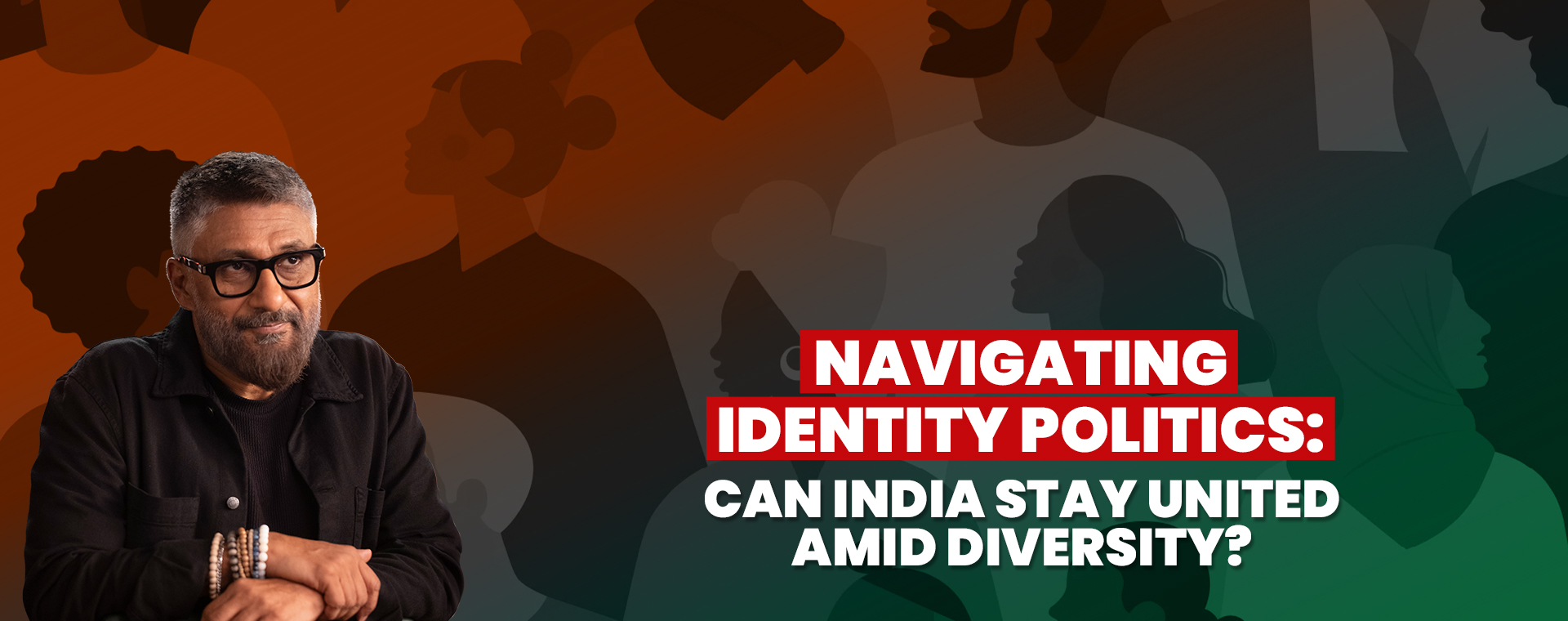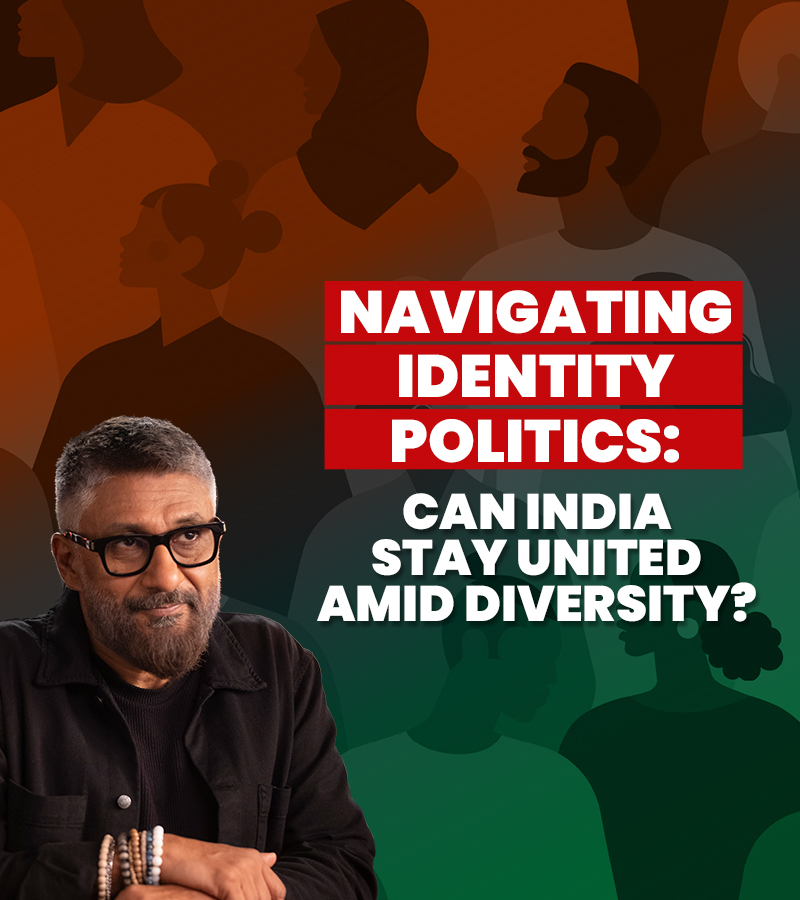

Navigating Identity Politics in a Pluralistic Society: The Good, the Bad, and the Complex
Dive into the surprising truth behind how our identity shapes society at large — and why it’s more complicated than you think!
With its panorama of languages, religions, ethnicities, and social identities, diversity isn’t just a buzzword in India, but the family portrait of our society. It’s no surprise that you can find a gazillion different dialects, more gods than you can count, and cultural festivals that seem to happen every alternate day.
But in recent times, the very traits that make India unique have also oiled the machinery of identity politics — a way for different groups to forge a path for themselves in a country that’s a multiverse of identities. From caste and religion to language and locality, identity-based activity has become akin to an Instagram campaign, influencing elections, public policy, and even our everyday social interactions.
This isn’t bad per se. For many vilified groups, identity politics has served as a significant tool for making their voices heard, helping shine a spotlight on social inequalities and creating channels for greater justice. However, it has both a powerful force for social change and, well, a recipe for disaster. So let’s dive into the complexity of it all — how identity politics can emancipate some while burying some under.
The Good: Giving Power to the People
Let’s start with the good because, like a warm blanket after a stressful day, there are some sweet benefits of identity politics. One of the greater things about it is bringing attention to marginalised groups and amplifying their voices. Let’s take the example of the caste system. For centuries, certain communities were not just excluded but completely nameless in society. Movements like Dalit activism employed identity politics to bring about social justice, create awareness, and challenge established power dynamics.
The same goes for gender and sexual orientation. The LGBTQ+ community in India, particularly after the decriminalisation of Section 377, has used identity as a tool to call for tolerance, acceptance as well as equal rights. Identity politics has offered tribal groups, regional languages, and religious minorities the platform to sound for recognition, representation, and respect. It gave a stage for those who were pushed aside, reminding us that they, too, are a part of the thread that makes the fabric of India.
Plus, how can we forget about identity politics-driven mass movements? Think of powerful women’s marches, caste-based reservations, or regional autonomy movements that brought millions of people together around a shared identity. When people decide to come together, they can make real, lasting changes.
The Bad: When Lines Turn into Walls
But of course, too many cooks can spoil the broth, and too much focus on identity politics can lead to communal rifts. One group dominates while another feels threatened, and before we know it, the tension is thick enough to cut with a chainsaw. Consider the Ayodhya dispute or the recent communal clashes across several parts of the country. When identity politics becomes anger-fueled, it can fan the flames of discord, ending up with violence, mistrust, and polarisation.
Then comes the question of caste politics, which is definitely significant for representation, but often becomes a gimmick for vote-bank. Political parties, instead of genuinely battling social inequalities, gamble caste-based identities to win big votes. This type of politics reduces people to just their identity, instead of considering their real needs or aspirations. And the result? Fragmentation of society, with everyone carefully placed in labelled boxes.
The Complex: Can We Have the Cake and Eat It Too?
So, the million-dollar question remains: is it possible to accept identity politics or will it become Moses and part us like the Red Sea?
Like anything in life, nothing is black and white. Identity politics cannot always be just “good” or “bad”; it’s a shade of grey that’s nuanced and ever-evolving. And navigating it? All falls on our responsible shoulders.
Take linguistic identity, for example. On the one hand, it’s beautiful to see people rejoice in their mother tongue — from Tamil and Bengali to Punjabi and Marathi, regional languages are something to celebrate! But, when linguistic pride turns into chauvinism, where one language is seen as superior to the other (Hindi films, we’re looking at you!), it can gnaw away at any existing unity.
Even regionalism, where states demand special status and people push for more autonomy, can blur the lines between regional identity and national identity. Where do we draw the line between self-respect and separatism?
Identity Politics: A Balancing Act
So, how deep in political water are we? Is identity politics the devil’s advocate or the messiah of social justice? Well, the angel and the devil are on either shoulder and we must balance the two. In a country like India, the ultimate cultural buffet, the key is to celebrate our differences while remembering what brings us together.
Yes, of course, we should demand representation for all but we cannot fall into the black hole of identity alone. At the end of the day, we’re all a part of something bigger, a part of one country and as fellow Indians, we must move in unity to drive our society.
Because let’s be real — in the panoramic photo, we’re all sharing the same frame. And while each person may have their own personality, it all comes together to create a beautiful picture that captures the essence of what makes India.






